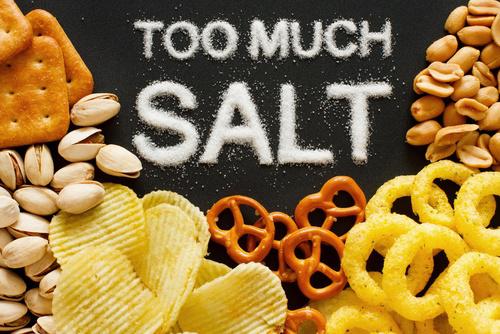 Eating too much salt can cause all sorts of health problems, and many people know it well too. The problem is that you may be eating too much of salt without your knowledge. So many foods contain more salt than you might think. Even when you eat a small portion of those foods, you push your salt intake up a notch. You should know the list of salt-laden foods to avoid, so that you do not have to deal with any health problem. Let's find out more about the foods you may want to eat in moderation or avoid completely.
Eating too much salt can cause all sorts of health problems, and many people know it well too. The problem is that you may be eating too much of salt without your knowledge. So many foods contain more salt than you might think. Even when you eat a small portion of those foods, you push your salt intake up a notch. You should know the list of salt-laden foods to avoid, so that you do not have to deal with any health problem. Let's find out more about the foods you may want to eat in moderation or avoid completely.
How Much Salt to Eat?
Everyone knows that too much of sodium is unhealthy. Increased intake of sodium is believed to increase blood pressure that increases your risk of stroke and heart disease. The major health organizations recommend a different amount of sodium to take on a daily basis. For instance, as per the United States Department of Agriculture, you should take no more than 2,300mg of sodium a day. However, the American Heart Association advises you to take no more than 1,500mg a day. Similarly, the American Diabetes Association suggests that you should take around 1500-2300mg of sodium a day. What it suggests is that your aim should be to limit your intake of sodium under 1500mg, but you should not take more than 2,300mg a day. You may think 2,300mg is a high number, but certainly, salt-laden foods can make it easier to exceed this limit.
Salt-Laden Foods to Avoid
Eating the right amount of salt is important for your health, but too much of it can cause complications. Sometimes, you eat something for other nutrients, but you also get loads of sodium from it. Here are some of the salt-laden foods you may want to avoid.
1. Cottage Cheese
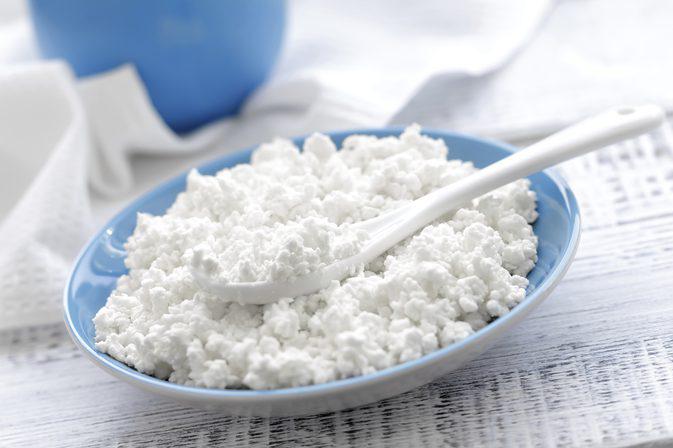 Many people opt for cottage cheese to increase their intake of protein and calcium. While combining cottage cheese with fruit may be a popular lunchtime favorite, it can also increase your sodium intake. A cup of cottage cheese provides you with 840mg of sodium. You will be better off substituting it with Greek yogurt that contains far less sodium per serving (85mg per cup). You will also get a larger dose of calcium, protein, and vitamin D per serving. Moreover, Greek yogurt also provides you with some gut-friendly bacteria.
Many people opt for cottage cheese to increase their intake of protein and calcium. While combining cottage cheese with fruit may be a popular lunchtime favorite, it can also increase your sodium intake. A cup of cottage cheese provides you with 840mg of sodium. You will be better off substituting it with Greek yogurt that contains far less sodium per serving (85mg per cup). You will also get a larger dose of calcium, protein, and vitamin D per serving. Moreover, Greek yogurt also provides you with some gut-friendly bacteria.
2. Sports Drinks
You may be under the impression that sports drinks provide you with energy after a heavy workout, but you will also be loading up on sodium. The truth is that you do not really need those drinks after a heavy workout session, as they are designed mainly for athletes who train for an extended period. You will be much better off drinking maple water, coconut water, or even plain water to quench your thirst without affecting your sodium intake.
3. Canned Veggies
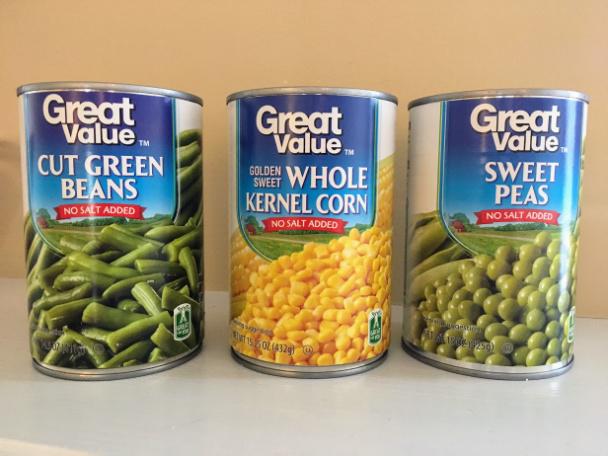 Canned veggies are popular because of the convenience of use. While you may have stocked up on canned veggies already, you may want to change your strategy because they are on the list of salt-laden foods to avoid. A better option is to opt for these veggies without any additional salt in them. Even if you want to buy canned veggies, you will be better off going for "no-salt-added" varieties. In case you already have some canned veggies and beans at home, be sure to drain and rinse them well with cold water before cooking. Simply by draining and rinsing, you can lower your intake of sodium by up to 200mg.
Canned veggies are popular because of the convenience of use. While you may have stocked up on canned veggies already, you may want to change your strategy because they are on the list of salt-laden foods to avoid. A better option is to opt for these veggies without any additional salt in them. Even if you want to buy canned veggies, you will be better off going for "no-salt-added" varieties. In case you already have some canned veggies and beans at home, be sure to drain and rinse them well with cold water before cooking. Simply by draining and rinsing, you can lower your intake of sodium by up to 200mg.
4. Veggie Burger
It may be a shock to many because a veggie burger is considered a healthy food by many. It certainly has a good nutritional value, but it is also high in sodium. Many people do not realize that many meat substitutes are rich in sodium, and that is exactly the case with a veggie burger.
5. Deli Meat
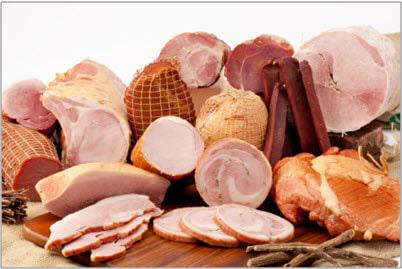 A staple in American sandwich, deli meat is extremely rich in sodium. It would not be wrong to call it a salt bomb. It certainly offers plenty of protein, but at the same time, it provides you with more than 700g of sodium per serving. You will be better off using leftover roasted chicken, boiled eggs, or even canned tuna for your sandwich. If you really want to use meat, use less of it and use more vegetables to increase your intake of fiber.
A staple in American sandwich, deli meat is extremely rich in sodium. It would not be wrong to call it a salt bomb. It certainly offers plenty of protein, but at the same time, it provides you with more than 700g of sodium per serving. You will be better off using leftover roasted chicken, boiled eggs, or even canned tuna for your sandwich. If you really want to use meat, use less of it and use more vegetables to increase your intake of fiber.
6. Pasta Sauce
You may think pasta sauce is healthy because it contains peppers, onions, tomatoes, spices, and garlic, but you can go terribly wrong, especially when you opt for store-bought varieties. A half cup of pasta sauce provides you with about 470mg of sodium. If you really like it, go for lower sodium varieties. Another alternative is to use some Italian seasoning mix.
7. Packaged Oven-Roasted Turkey
By eating a couple of ounces of packaged turkey breast, you will be consuming around 620-670mg of sodium. Therefore, it is on the list of salt-laden foods to avoid. However, you can look for some low sodium varieties, which is about 380mg of sodium per 2-ounce serving. It is still on the higher side, but is a better option. A better alternative would be to cook a fresh turkey breast at home. You will be getting no more than 30mg of sodium from a 2-ounce serving of home-roasted turkey.
8. Cocktail Mixes
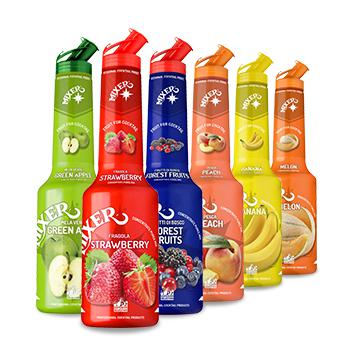 Getting toasted is certainly a concern when going for Bloody Marry drinks, but at the same, you should worry about getting too much of sodium. You get about 650mg of sodium from each Bloody Marry cocktail. It is better to avoid cocktail mixes, or you can think of making your own at home.
Getting toasted is certainly a concern when going for Bloody Marry drinks, but at the same, you should worry about getting too much of sodium. You get about 650mg of sodium from each Bloody Marry cocktail. It is better to avoid cocktail mixes, or you can think of making your own at home.
9. Cookies
It is natural to reach out for some cookies to satisfy a sweet tooth, but you may not know that sugar is not the only concern associated with cookies. It may be surprising to know that cookies can be extremely high in salt, even though they taste sweet. You will be better off putting your money on "healthy" versions of brownies and cookies.